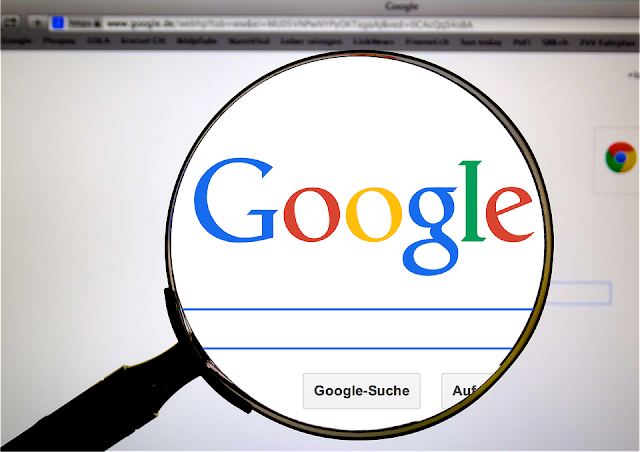1. Technology and alternative means of communication
Modern technology threatens languages and leads to language loss and extinction. For instance, children are no longer good at writing and break grammatical and structural rules. Additionally, many linguists still refuse to recognize this shift and strongly claim that languages and dialects will survive and evolve. Strangely, kids express their surprise using “LOL “. So, Will Emoji become the language of the future?
Thank you for reading this post, don't forget to subscribe!Read also: Anything you need to know about human language
Taking all these into consideration, Emoticons is one of the concrete examples. But, instead of attacking technology and the internet causing loss of language and attrition, there should be a call to learn from how they affect the language in general. To do so, Let’s take Emoticon and see how it changes communication.

2. The history of Emoji.
No one imagined that the “smiling faces” introduced by the Japanese designer Shigetaka Kurita in 1998 would widely be used in e-mails, web pages, and social media. Now, you can save time and effort expressing ideas and emotions in words; Emoji can do it easily in just two clicks.
The word “Emoji” is a Japanese term that means “symbolic images” or “smiling faces”. The first set of emoticons was created as part of the I-Mode features of the message to help facilitate e-communication and serve as a distinctive character feature for other services. Finally, emoticons have been very popular within a short time.
In the beginning, the Emoji list contained only 180 characters, and soon after, in 2010, large companies such as Google, Microsoft, Facebook, and Twitter launched their versions of Emoji. That was the actual beginning of Emoji to become part of our lives as human beings used in all social media platforms and apps.
In 2013, Oxford Dictionary included the word “Emoji” although its origin is Japanese due to the spread of its use among the people of the planet. The question that really bothers many and seeks an answer isWill Emoji become the language of the future?
3. Are emoticons a language?
The answer is NO and a BIG NO. Emoticons are not a language; They lack many features of time and context. Emoticons will never cover all aspects and rules for complex human communication.
Emoticons remain inconsistent independently without the presence of language. But they have become a kind of universal addition to all languages. When emoticons and words are combined, they can be useful.

4. Racism and Emoji
Reacting to criticism, which pointed out that there was no diversification in the skin colors that appeared in the “Emoji”. A wonderful humanitarian act in 2016 changed the design of “Emoji” that has been updated to include several color skins in respect to all ethnicities and groups.
5. Emoji and social media: Facebook and Twitter
Given the difference between Facebook and Twitter, Twitter experiences a quick change in language use in comparison to Facebook due to the different social groups and generations active there. Young users rely heavily on emotional symbols and this is seen also in older users. For example, all of us understand what a thumb up means, but there is a large configuration that is hard to understand and requires a lot of practice.
Will emoticons take a further step and become a real language in the future?







